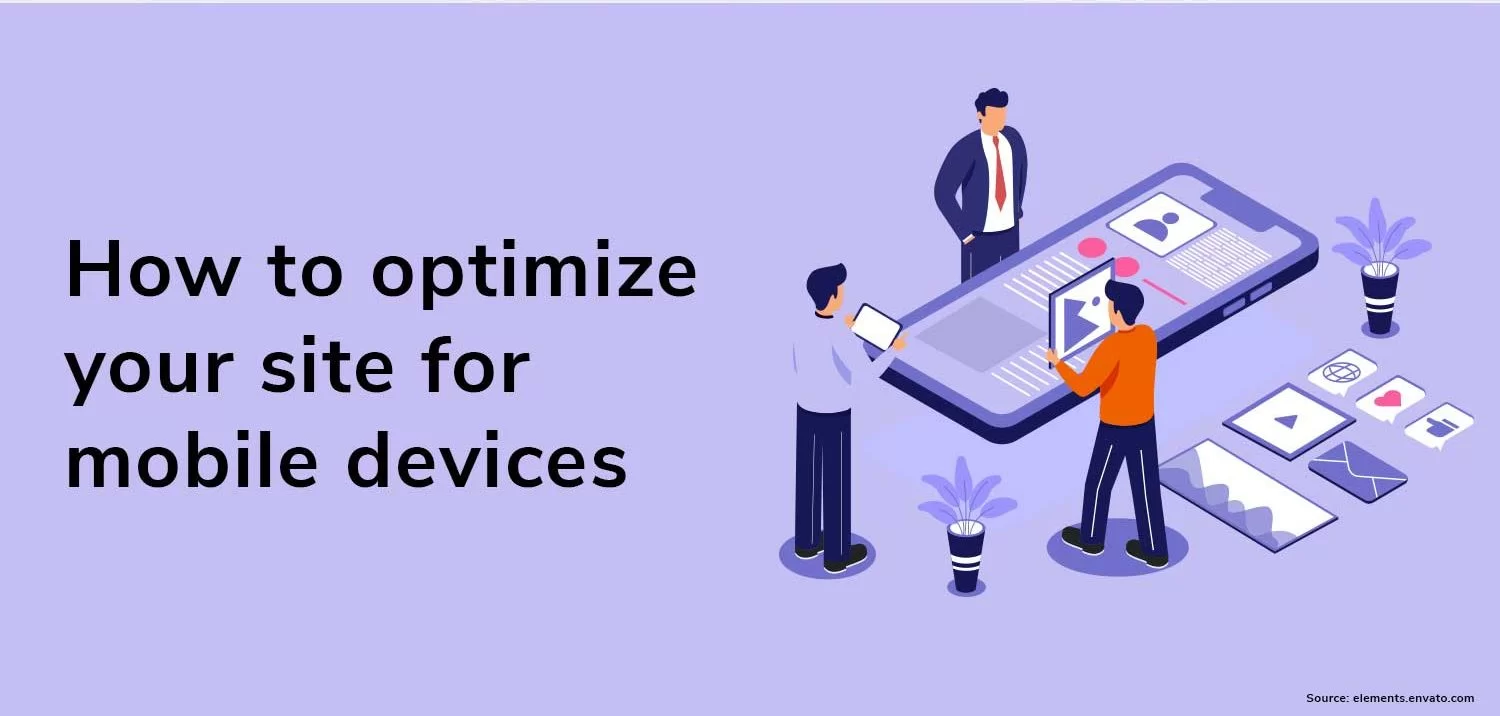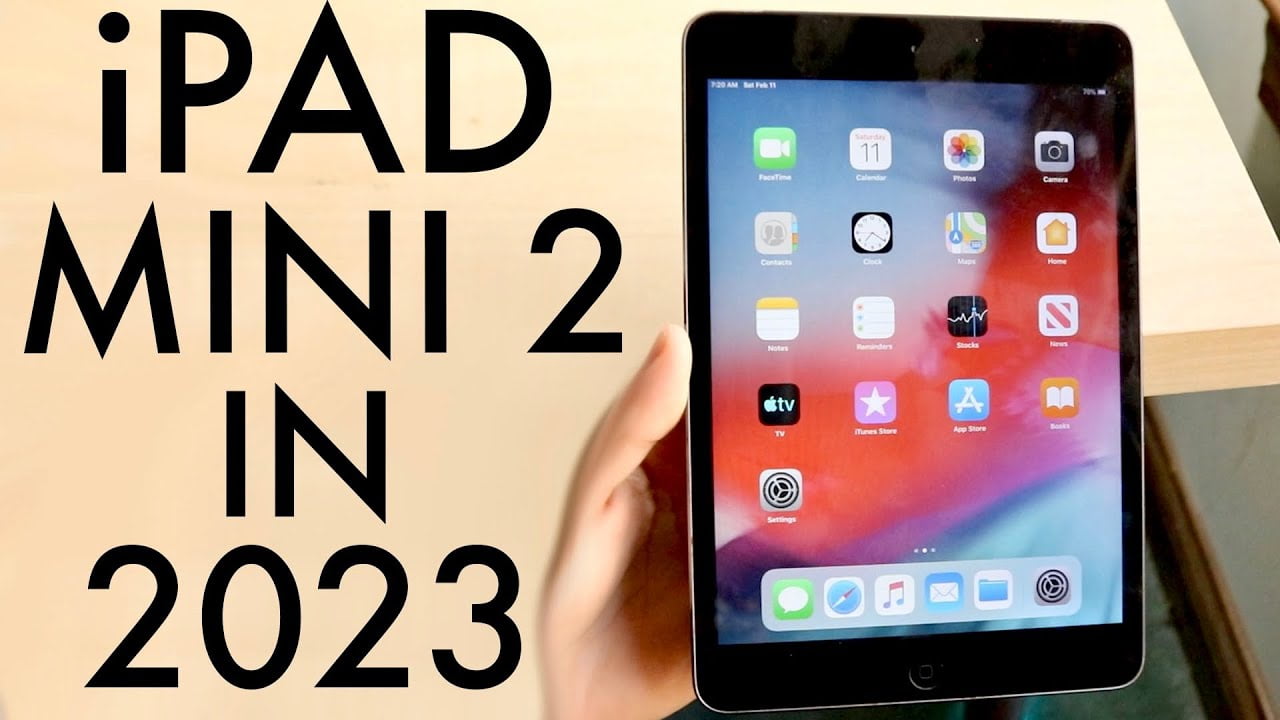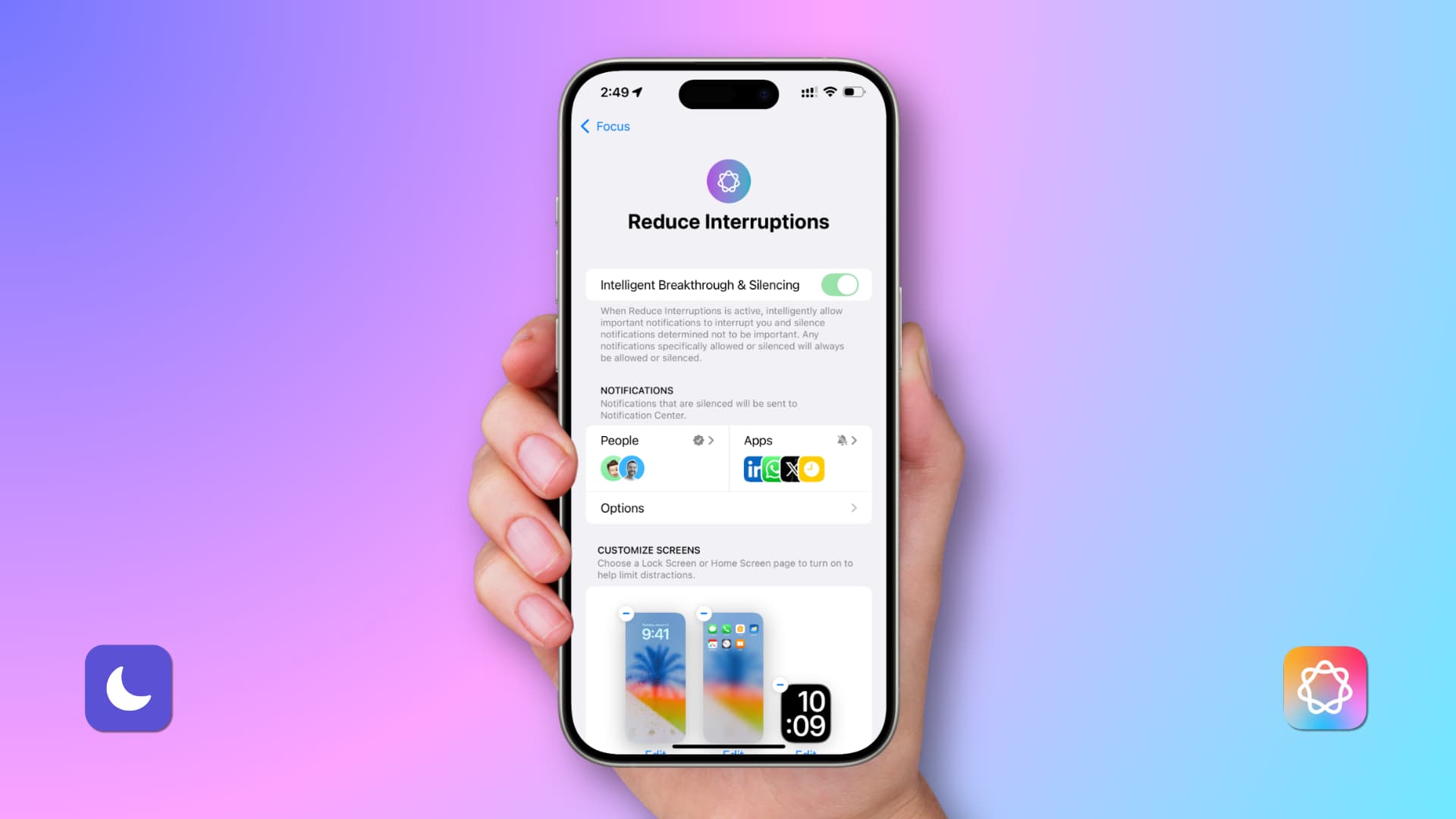How To Optimizing Your Website for Mobile Users, optimizing your website for mobile users is crucial. With an increasing number of users accessing websites via smartphones and tablets, ensuring your site performs well on mobile devices can significantly impact your engagement, user experience, and overall success. This guide provides actionable tips to enhance mobile performance and user satisfaction.
1. Implement Responsive Web Design
How To Optimizing Your Website for Mobile Users
Responsive web design ensures that your website adapts to different screen sizes and devices, providing an optimal viewing experience.
How to Implement Responsive Design:
- Use a Fluid Grid Layout:
- Utilize percentage-based widths for layout elements rather than fixed pixels.
- Apply Flexible Images and Media:
- Set image and video dimensions to adapt based on screen size using CSS properties like
max-width: 100%.
- Set image and video dimensions to adapt based on screen size using CSS properties like
- Employ Media Queries:
- Use CSS media queries to apply different styles based on device characteristics such as screen width and orientation.
Example Media Query:
@media only screen and (max-width: 768px) {
body {
font-size: 14px;
}
}
2. Optimize Page Speed
How To Optimizing Your Website for Mobile Users
Fast-loading pages are essential for a positive mobile experience. Users are less likely to stay on a site that takes too long to load.
How to Optimize Page Speed:
- Compress Images:
- Use tools like TinyPNG or ImageOptim to reduce image file sizes.
- Minify CSS and JavaScript:
- Leverage Browser Caching:
- Configure your server to cache static resources, reducing load times for repeat visitors.
- Use a Content Delivery Network (CDN):
- Distribute your content across multiple servers to improve load times for users in different locations.
3. Enhance Mobile Navigation
How To Optimizing Your Website for Mobile Users
Effective navigation on mobile devices ensures that users can easily find what they’re looking for without frustration.
Tips for Mobile Navigation:
- Simplify Menus:
- Use a hamburger menu or a collapsible navigation bar to keep menus compact and accessible.
- Ensure Touch-Friendly Elements:
- Design buttons and links to be easily clickable, with sufficient spacing to avoid accidental taps.
- Implement Sticky Navigation:
- Keep important navigation elements visible as users scroll by using sticky headers.
4. Improve Mobile User Experience (UX)
How To Optimizing Your Website for Mobile Users
A seamless mobile user experience is key to keeping visitors engaged and reducing bounce rates.
Ways to Enhance Mobile UX:
- Optimize Forms:
- Use single-column layouts for forms and ensure input fields are large enough for touch interactions. Implement auto-fill and auto-correct where applicable.
- Design for Thumb-Friendly Interaction:
- Place important buttons and interactive elements within easy reach of the user’s thumb, typically the lower half of the screen.
- Ensure Readable Font Sizes:
- Use larger font sizes and high-contrast colors to enhance readability on small screens.
- Test for Mobile Usability:
- Regularly test your site on various devices and screen sizes to identify and address usability issues.
5. Optimize Mobile Content
How To Optimizing Your Website for Mobile Users
Content should be tailored to engage users effectively on mobile devices.
Content Optimization Tips:
- Prioritize Content Hierarchy:
- Display the most important content prominently and use collapsible sections or accordions to manage additional details.
- Use Short and Scannable Text:
- Break up content into short paragraphs, bullet points, and subheadings to make it easier to read on smaller screens.
- Implement Accelerated Mobile Pages (AMP):
- Consider using AMP to create lightweight versions of your pages that load quickly on mobile devices.
6. Monitor Mobile Performance
Regularly monitoring mobile performance helps you identify and address any issues that may arise.
Tools for Monitoring Mobile Performance:
- Google PageSpeed Insights:
- Analyze your mobile page Check also speed and receive recommendations for improvements.
- Google Analytics:
- Track mobile user behavior, including bounce rates, session durations, and conversion rates.
- Mobile-Friendly Test:
- Use Google’s Mobile-Friendly Test to check how well your site performs on mobile devices.
7. Ensure Mobile SEO Best Practices – How To Optimizing Your Website for Mobile Users
How To Optimizing Your Website for Mobile Users
Optimizing for mobile SEO is crucial for maintaining visibility in search engine results.
Mobile SEO Tips:
- Implement Schema Markup:
- Use structured data to enhance your search listings with rich snippets.
- Optimize for Local Search:
- Ensure your site is optimized for local search queries, particularly if you have a physical location.
- Ensure Mobile-Friendly URLs:
- Use clean and descriptive URLs that are easy to read and type on mobile devices.





[…] Optimized Battery Life: While the update primarily focuses on performance, some users have reported improved battery life following the visionOS 2.1 update. Optimizing battery consumption is key for Apple’s Vision Pro, as users often engage in lengthy immersive sessions that demand significant battery resources. […]
[…] continues to refine the new features and tweaks, users can anticipate a polished final release with optimized performance and user experience. The upcoming changes are setting the stage for a more customizable, […]